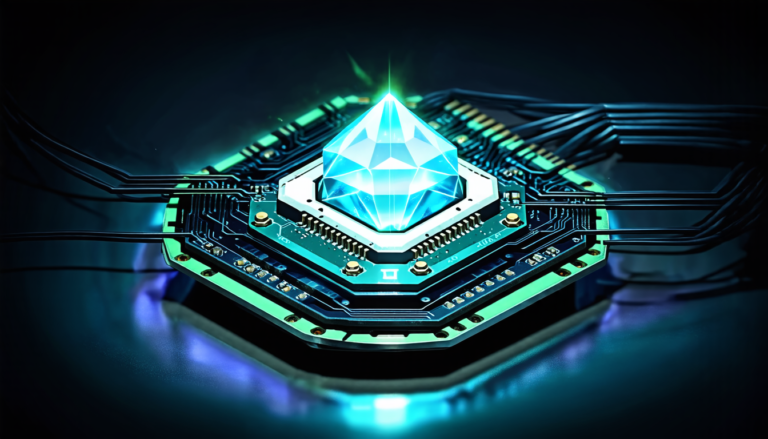Wednesday 16 April 2025
Researchers have made a significant breakthrough in the development of electrospray propulsion, a technology that could potentially revolutionize space travel by providing a more efficient and sustainable way to propel spacecraft.
Electrospray propulsion works by using an electric field to ionize and accelerate charged droplets of propellant, such as ionic liquids or water, which are then expelled out of the back of the spacecraft to produce thrust. This technology has been around for decades, but it’s only recently that scientists have made significant progress in improving its efficiency and scalability.
One of the main challenges facing electrospray propulsion is the need to minimize the size of the propellant droplets while maintaining their stability and charge. This requires precise control over the flow rate and electric field strength, as well as careful selection of the propellant itself.
In a recent study, researchers used a combination of advanced materials and clever design techniques to create smaller, more stable electrospray emitters that can produce higher thrust-to-power ratios than ever before. The key innovation is the use of small-diameter capillaries with specially designed tips, which allow for more precise control over the flow rate and electric field strength.
The researchers also experimented with different ionic liquids as propellants, finding that some were better suited to electrospray propulsion than others. By selecting the right liquid, they were able to achieve specific impulses of up to 3000 seconds, which is significantly higher than what’s possible with traditional chemical propulsion systems.
But what does this all mean for space travel? In theory, electrospray propulsion could provide a more efficient and sustainable way to propel spacecraft, especially for longer-duration missions. Because the technology relies on electric fields rather than chemical reactions, it produces no pollution or toxic byproducts, making it a more environmentally friendly option.
The researchers are already exploring ways to scale up the technology for use in real-world applications. They envision using electrospray propulsion as part of a hybrid system that combines with traditional propulsion methods, such as solar sails or nuclear reactors, to provide even greater thrust and efficiency.
While there’s still much work to be done before electrospray propulsion becomes a reality, this breakthrough is an exciting step forward in the development of more sustainable and efficient space travel technologies.
Cite this article: “Unlocking the Secrets of Electrospray Thrusters: A Step Towards Revolutionizing Space Propulsion”, The Science Archive, 2025.
Space Travel, Electrospray Propulsion, Ionization, Acceleration, Thrust, Ionic Liquids, Water, Electric Field, Propellant, Sustainability







